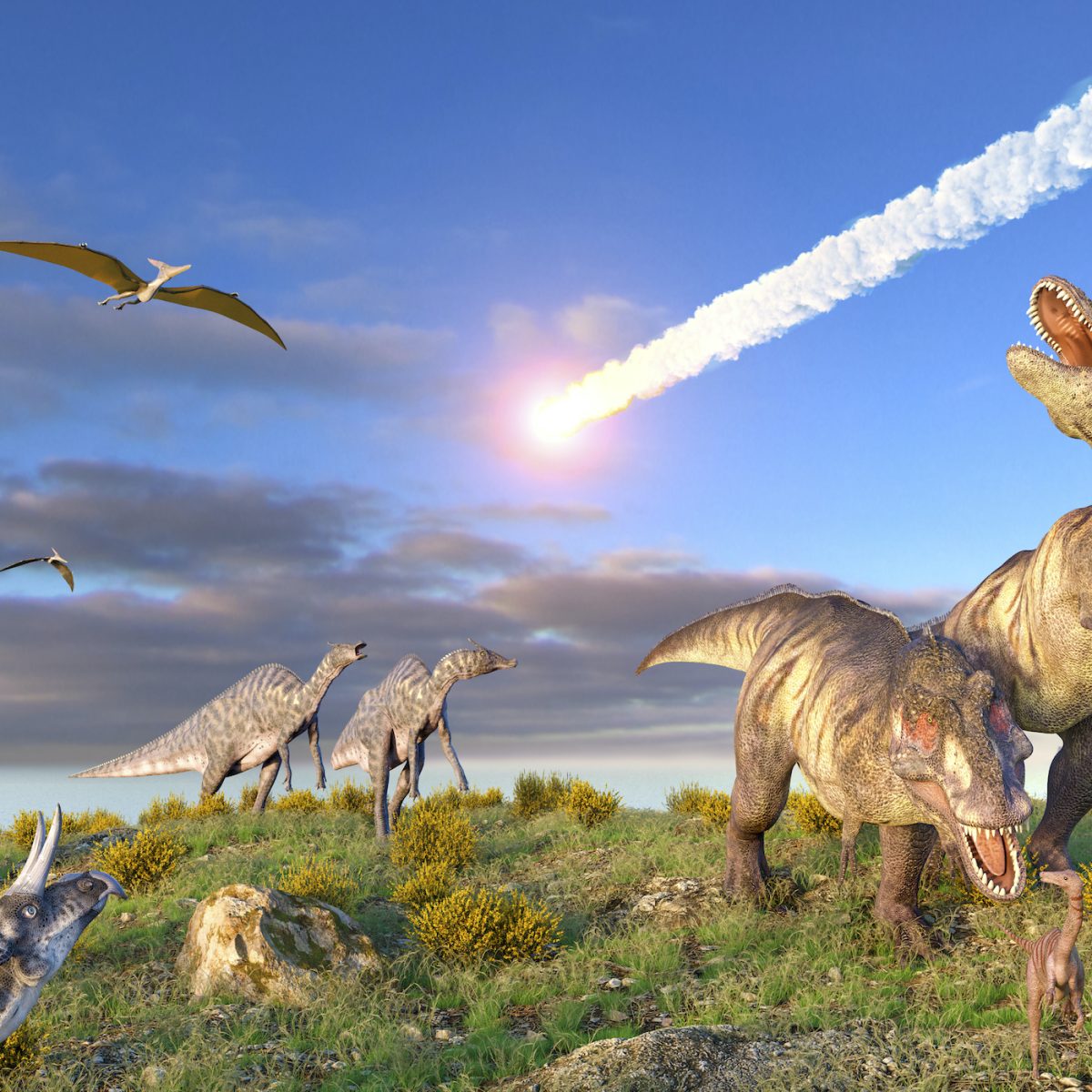In China, paleontologists have discovered the largest dinosaur with four wings to date. The dinosaur, named Changyuraptor, has the longest tail feathers of all known dinosaur species and also possesses pronounced feathers on its hind legs. This discovery has reignited the debate over whether or not dinosaurs were capable of flight.
In recent years, several bird-like dinosaurs have been discovered in China, including the Microraptor, which lived during the early Cretaceous period. This small predator already had long and dense feathers on its tail and all four legs, leading researchers to believe that it could not only run but also fly short distances with the help of its four wings. However, some scientists argue that the wings were merely used for courtship displays and not for actual flight.
Now, Gang Han and his colleagues at Bohai University in Jinzhou have discovered another feathered dinosaur with four wings in the Liaoning Province of northeastern China. The Changyuraptor, which lived 125 million years ago, was about 1.32 meters long and weighed around four kilograms. The fossil revealed that the Changyuraptor was feathered on its body, limbs, and tail, with particularly striking feathers on its hind legs. These feathers led the paleontologists to name their discovery Changyuraptor yangi, with “Changyu” meaning “long feather” in Chinese and “raptor” indicating a predatory dinosaur.
If the second pair of wings on the Changyuraptor did indeed serve as a gliding aid, this would be evidence that the two additional wings were not just stabilizers for small species like the Microraptor but also for larger dinosaur species. The tail feathers of the Changyuraptor consisted of eight or nine feathers, each about 30 centimeters long, making them the longest tail feathers ever found on a non-avian dinosaur. The researchers believe that these feathers may have also served as a gliding aid.
While it is still unclear whether or not the Changyuraptor was capable of flight or just gliding, this discovery is a significant step towards understanding the nuances of dinosaur flight. As co-author Luis Chiappe from the Natural History Museum of Los Angeles County notes, “It is clear that we need much more evidence to understand the nuances of dinosaur flight, but the Changyuraptor is already a big step in the right direction.”










